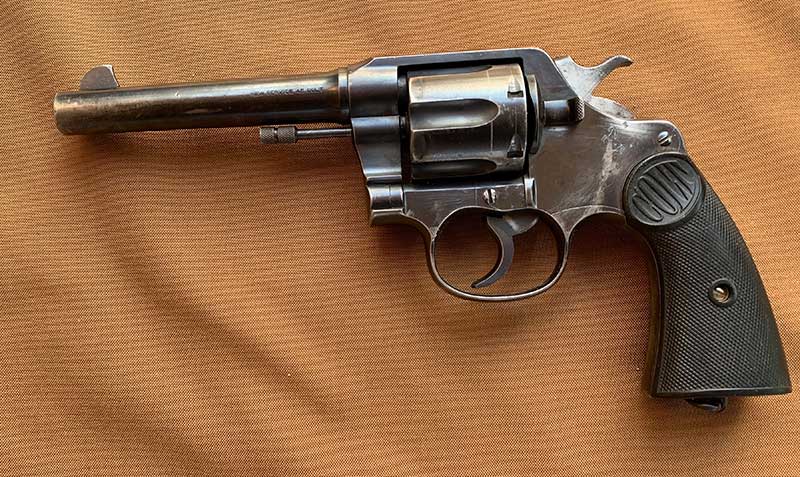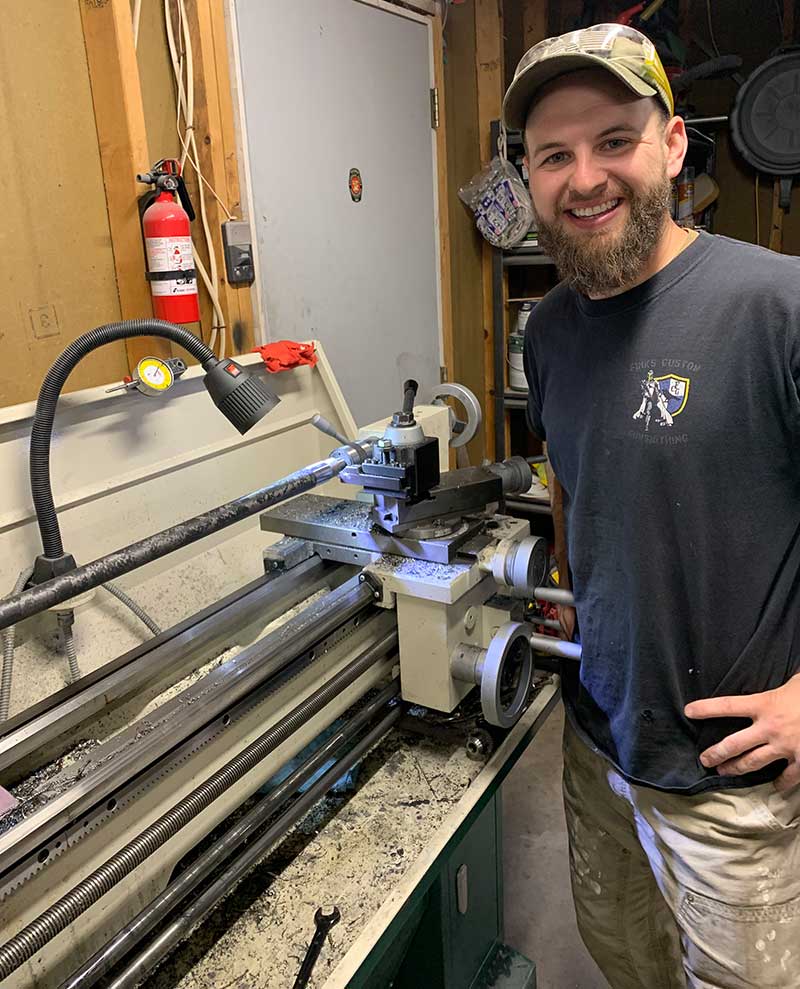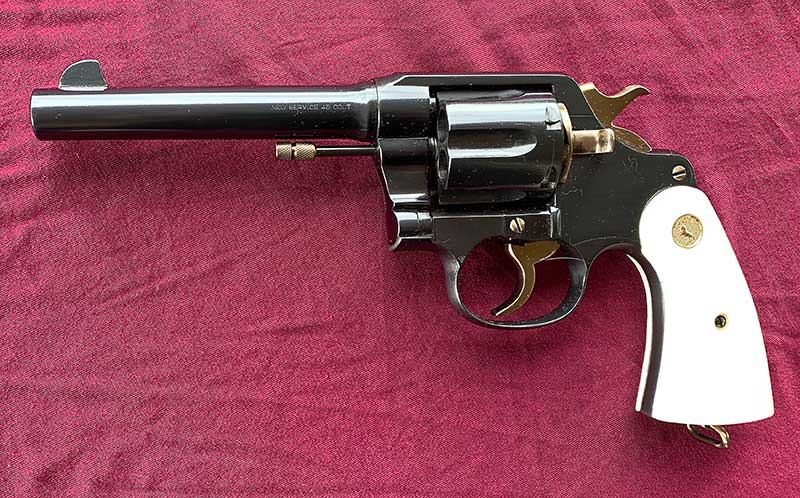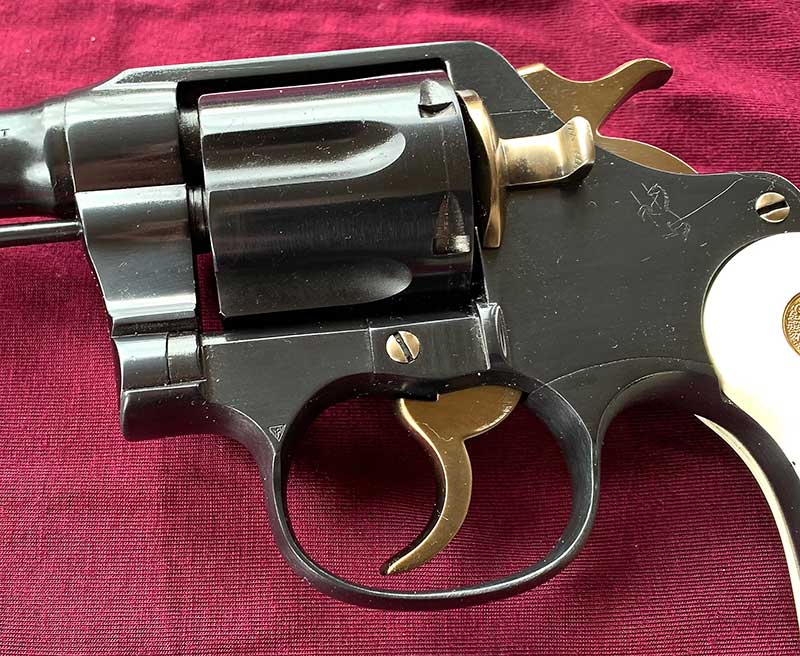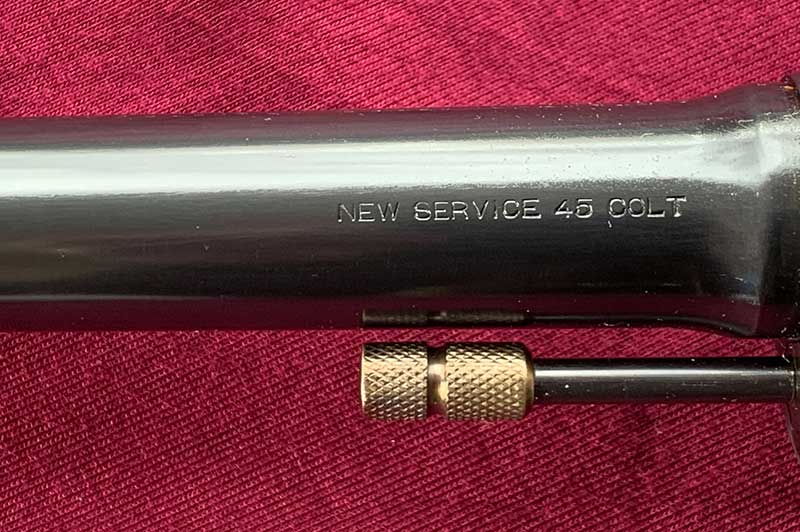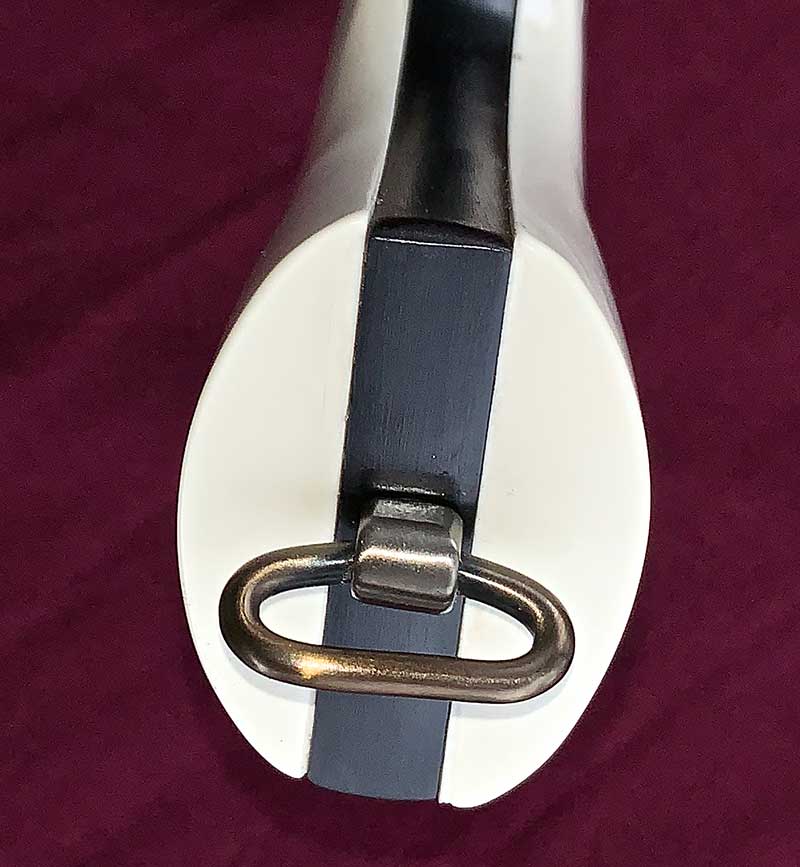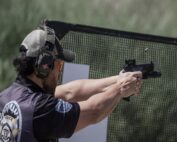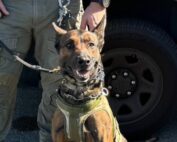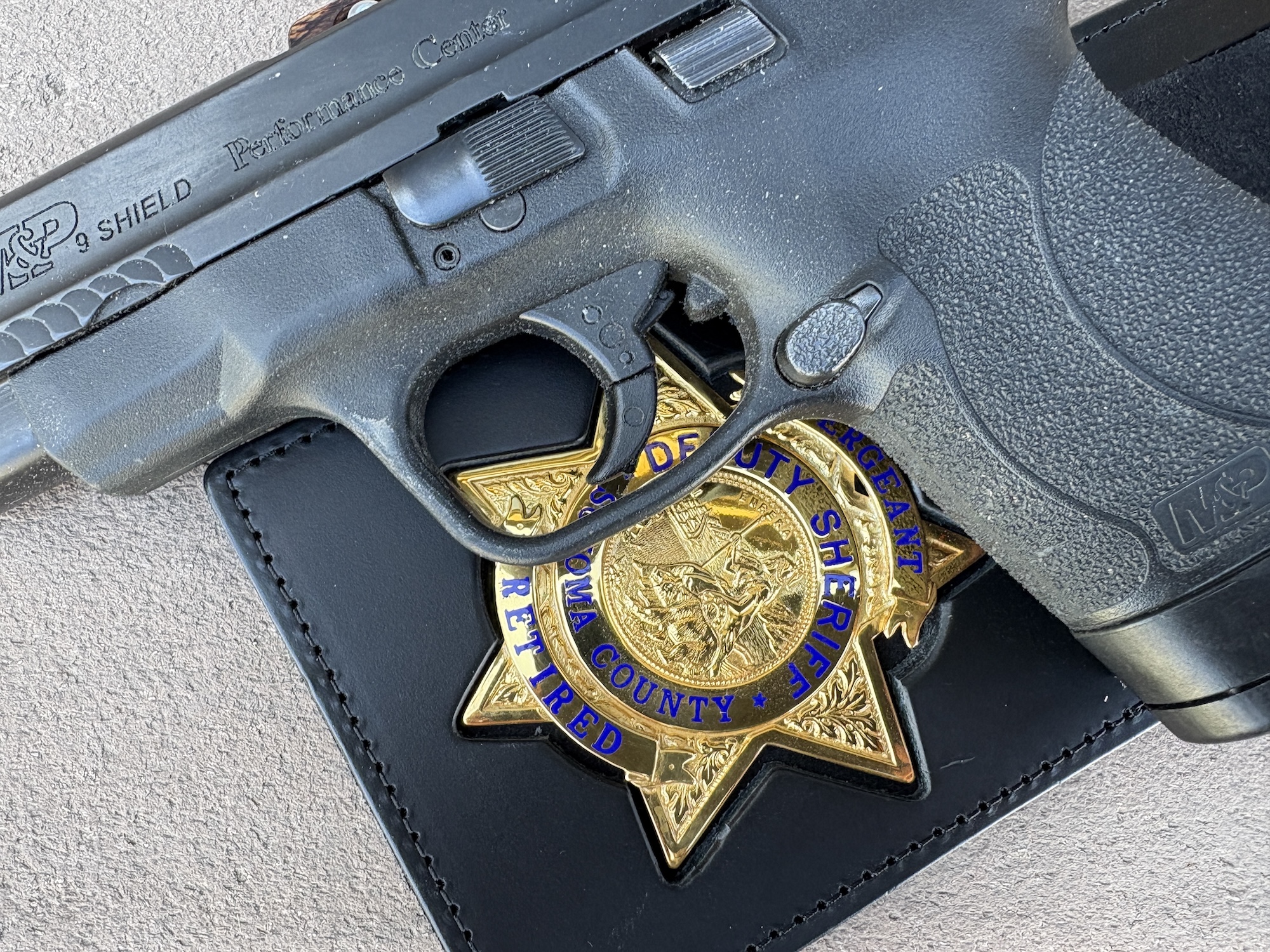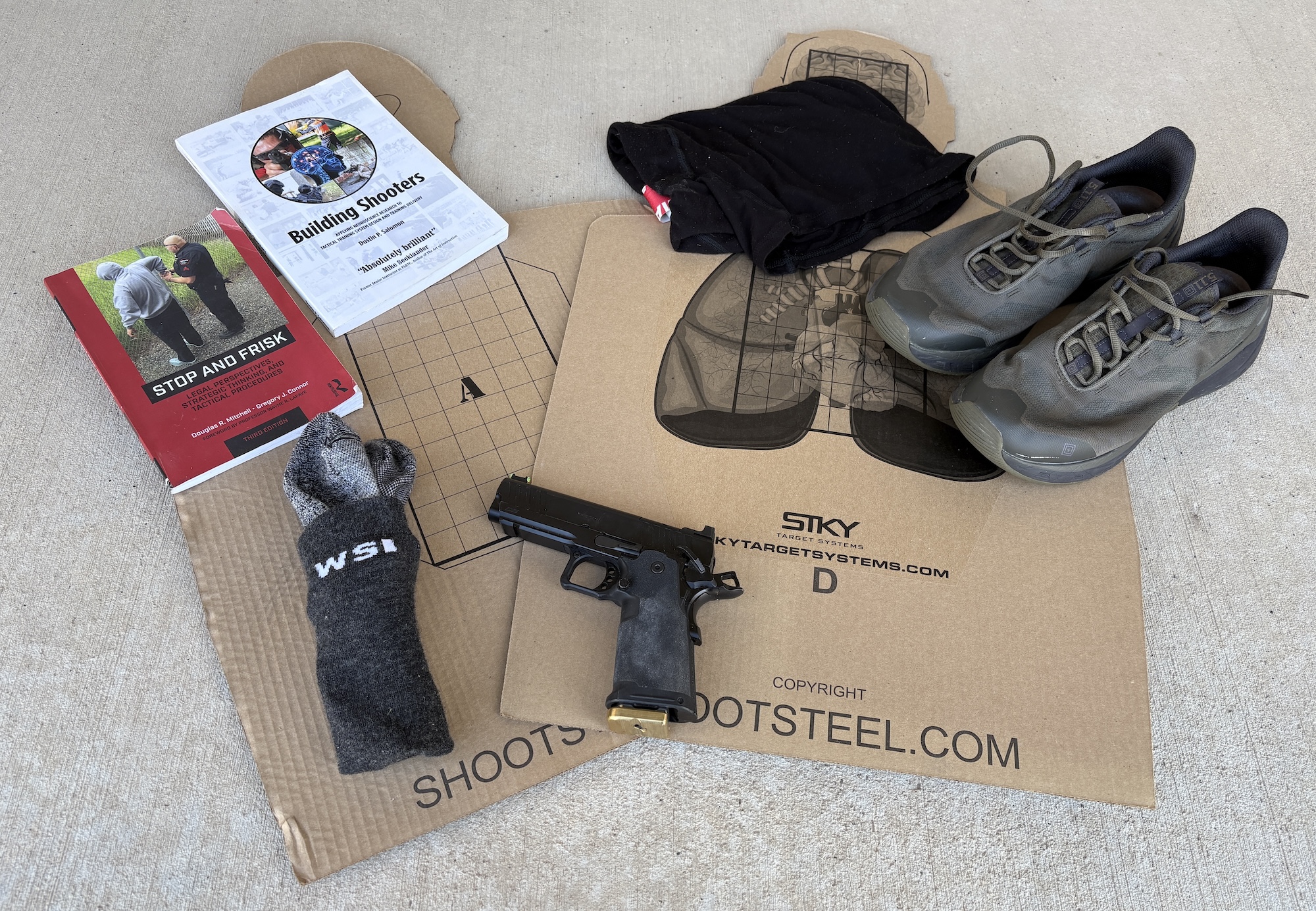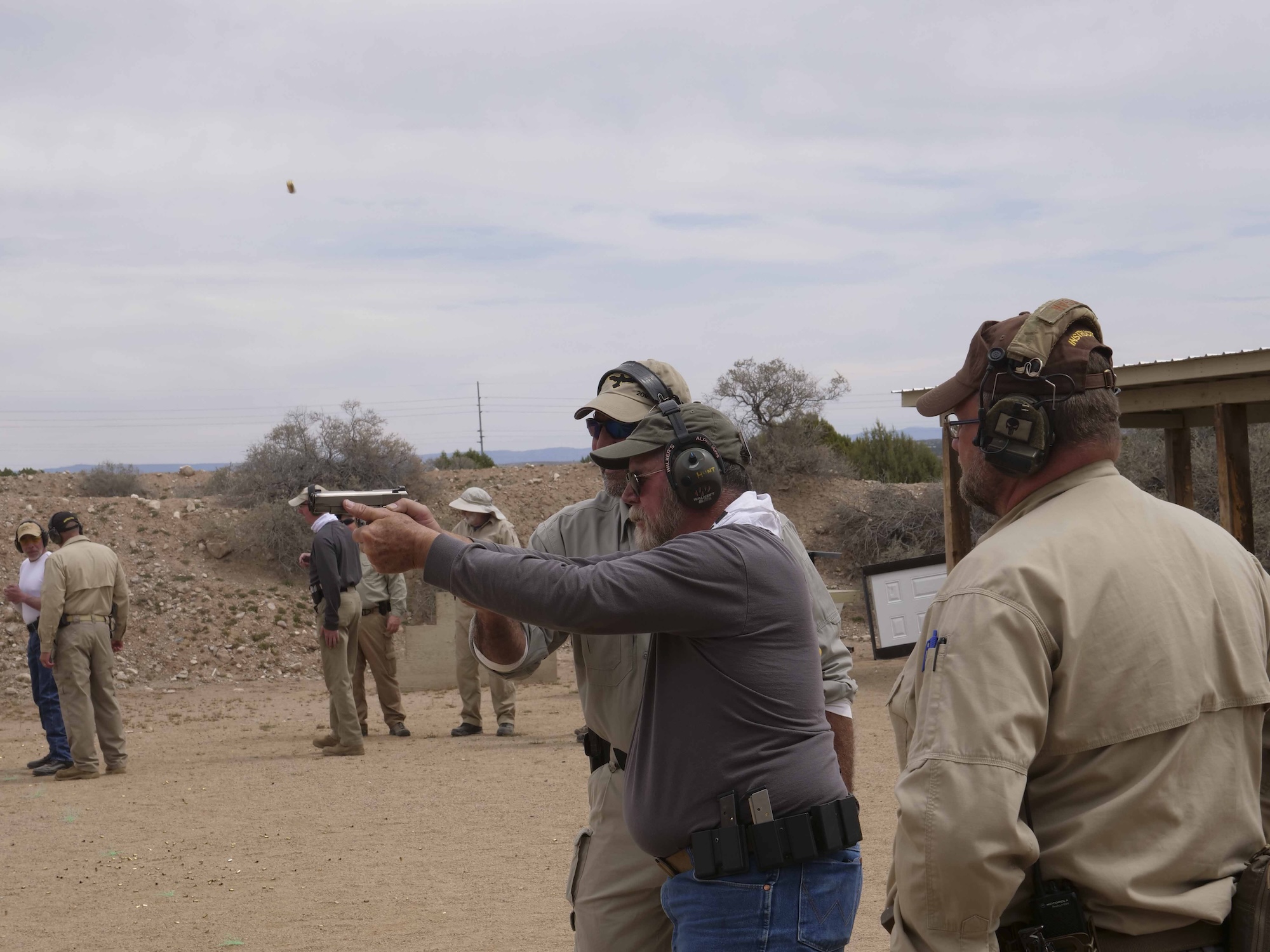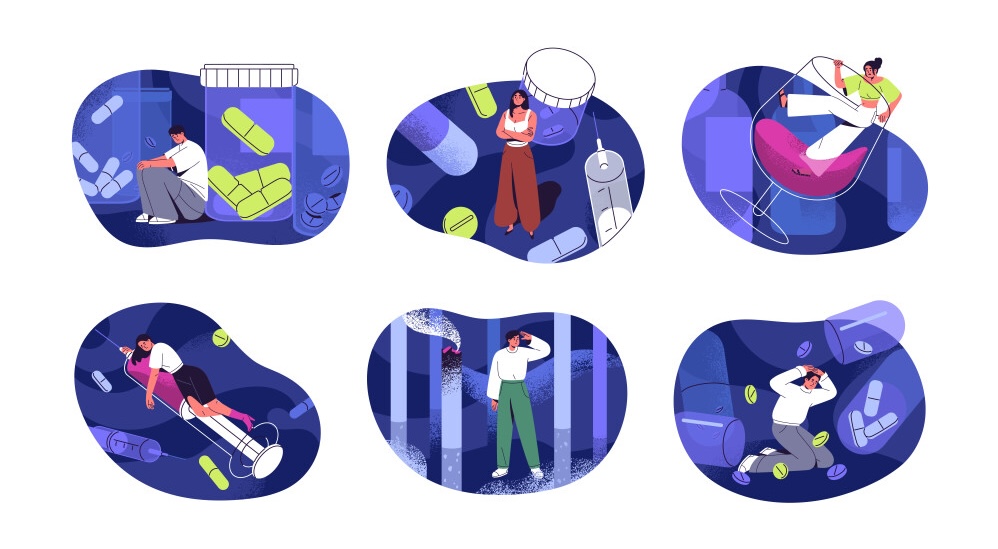
AC-0721-NL-5-800
Starting in 1976 I have been to Gunsite more times than I can remember. Besides meeting life-long friends, one of the best things is the networking that takes place.
At a three-day revolver/lever-action rifle event, I took my Colt New Service and a Model 92 Winchester, both chambered in 45 Colt.
HISTORIC REVOLVER
Records show my revolver was made in 1907—roughly half a century before I was born. Two years after this one was made, the U.S. Army adopted it as the Model 1909—just two years before the iconic 1911 became the standard issue sidearm.
In addition to the military, the heavy hitting New Service was a popular choice among peace officers as well as private citizens.
NEW SERVICE EXPERIENCE
I love my Pythons, and K and L-frame Smith & Wesson’s, but I have a soft spot for the older revolvers, especially the large frame Colts.
My New Service has digested somewhere around 1,200 rounds of my favorite load—a 255-gr. Keith-type semiwadcutter at around 950 feet-per-second (fps)—along with a large amount of soft shooting round nose Black Hills Ammunition “cowboy loads”—and that’s not counting the bullets that previous owners may have put down the barrel.
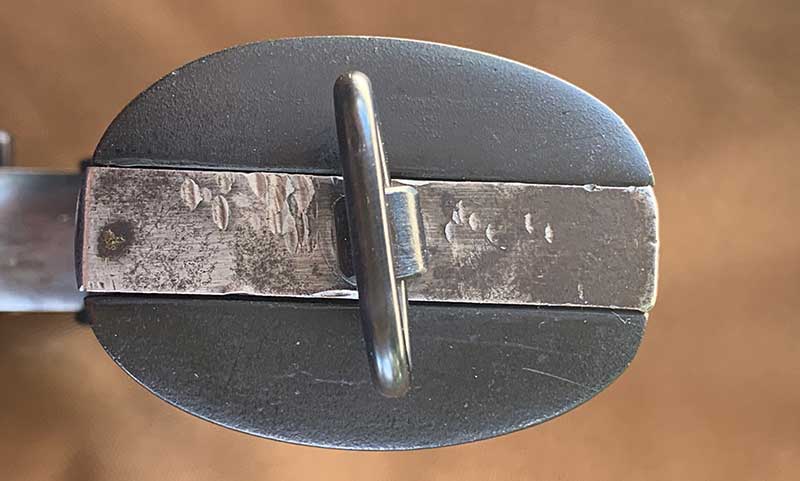
Bottom of frame showed dents as if it had been used as a hammer. Maybe from hanging up a wanted poster from a long gone outlaw?
Mechanically the revolver was in good shape and I have used it at several Gunsite events.
The exterior was another story and I confess I had toyed with the idea of refinishing the big Colt. The original blue was about 60% showing honest use. This was not a concern, as I believe such wear shows character. There were, however, some nicks and scratches and I wanted to correct.
Among other things the bottom of the frame appeared as though it had been used for hammering something—I like to think it was from hanging up a wanted poster from some long-forgotten Arizona desperado.
DECISIONS, DECISIONS
After much internal debate I finally decided to give the old war horse a facelift.
At the Gunsite event mentioned above I met a young man by the name of David Fink. Fink has the following credits to his name:
• Gunsmith Apprenticeship Certification
• Gunsmith Journeyman Certification
• Gunsmith Master Certification
• Gunsmith Advanced Certification
I saw several examples of Fink’s work at Gunsite, including refurbishing and rebluing a beat up Smith & Wesson Model 10. All examples I observed showed superb workmanship. I made arrangements with Dave to remove the imperfections and re-blue my revolver.
In addition to bluing, Dave offers custom gunsmithing, custom rifle and pistol builds, machining and prototyping, and Cerakote coating. In short, it’s a full service shop
I acquired a pair of ivory stocks with gold Colt medallions from N.C Ordnance to replace the original, worn, hard rubber grips.
I gave the Colt and stocks to Dave. The only thing left was the anticipation of receiving back the finished work, reload some more 45 Colt and going to the range.
As custom work goes, I didn’t have long to wait, and Dave completed the revolver in six weeks.
THE FACELIFT
In addition to the damage on the bottom of the frame mentioned above, the cylinder had deep scoring caused by a sharp burr on the front sideplate screw from a previous owner. There were some small dings on the top strap of the frame as well as on the barrel towards the muzzle.
The Rampant Colt logo and inspector stamp were very shallow and I asked Dave to retain them during finishing if at all possible. He was able to retain the markings on the sideplate and the marking “New Service 45 Colt” on the barrel were still crisp and clear.
Dave recontoured the previously burred sideplate screw and fit it flush with the frame.
The overall finish is a bright, polished blue and is so deep it is reminiscent of the finish applied to Colt and Smith & Wesson years ago.
The nitre bluing process (sometimes referred to as fire bluing) can produce a wide range of colors from light yellow to super bright “peacock” blue. Dave finished the screws, trigger, hammer, cylinder release, lanyard ring and ejector rod head in a gold color to contrast with the bright blue and compliment the gold medallion in the stocks.
The completed restoration was more than I could have hoped for. At the risk of sounding melodramatic, it was simply stunning.
The double-action trigger-pull on my New Service was light—as long as you had a mule handy to hitch it to with the pull weight bottoming out every gauge I own. The single-action pull wasn’t much better being roughly the same as the double-action pull in many revolvers. I asked Dave to lighten it up some if he could.
Colt revolvers use a “V” shaped mainspring. One method of lightening the trigger pull is to put something between the upper and lower leg of the “V” and bend the top leg upwards. Using this method sometimes barely lightens the trigger pull and if bent too much it results in unreliable ignition.
Dave tried the above technique, but because the 112 year old spring was so brittle it snapped before any bend could be placed in it. He ordered a new main spring and much to his and my surprise the double-action trigger pull was now at a very manageable nine pounds, with single-action breaking at a crisp 2.5 pounds.
I couldn’t wait to shoot it and despite the temperature being in the mid-30s with drizzling rain, I went to the range the same day I picked it up with a quantity of 255-gr. semiwadcutter rounds. To my satisfaction the old revolver was more accurate than before. Actually the restoration itself had nothing to do with the increased accuracy, but can be attributed to the much lighter trigger pull allowing a smoother press while the sights were on the target.
Any new finish will add a few thousandths to the thickness on the metal surface. As a result, there was a barely perceptible hitch in the cylinder release. I have no doubt this will disappear with use as the parts wear in.
A friend remarked that the old Colt is now too pretty to carry. However, I don’t own any “safe queens” and I’m looking forward to trips to Gunsite and putting some of that honest holster wear back on the old warhorse.
SOURCE
FINK’S CUSTOM GUNSMITHING
www.finksguns.com
GUNSITE
www.gunsite.com


 (No Ratings Yet)
(No Ratings Yet)